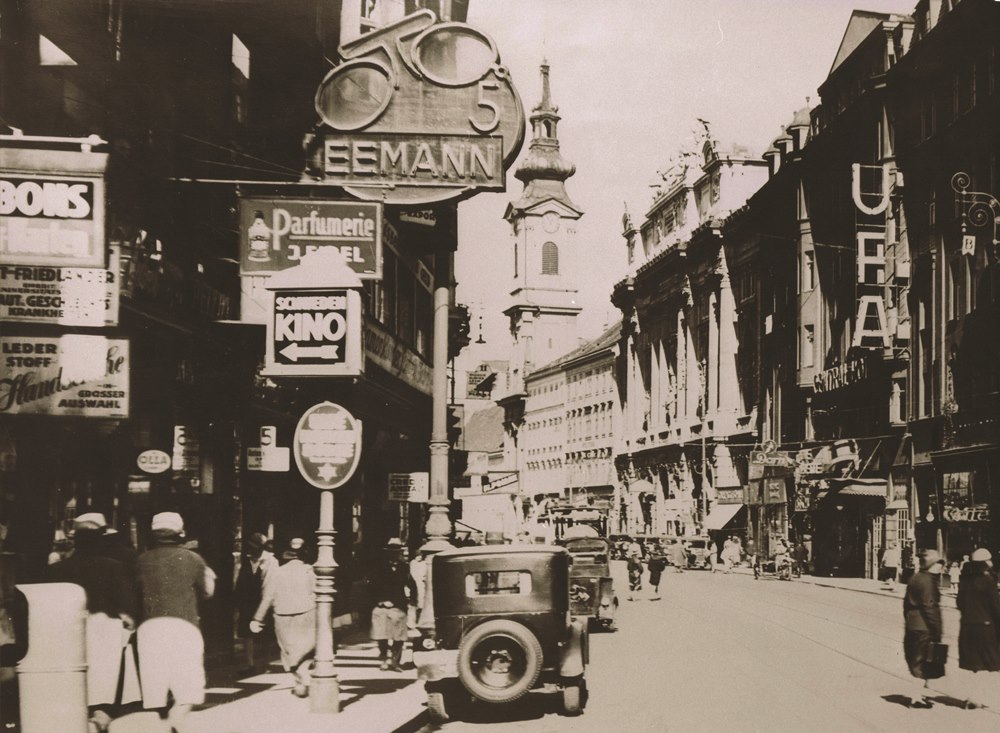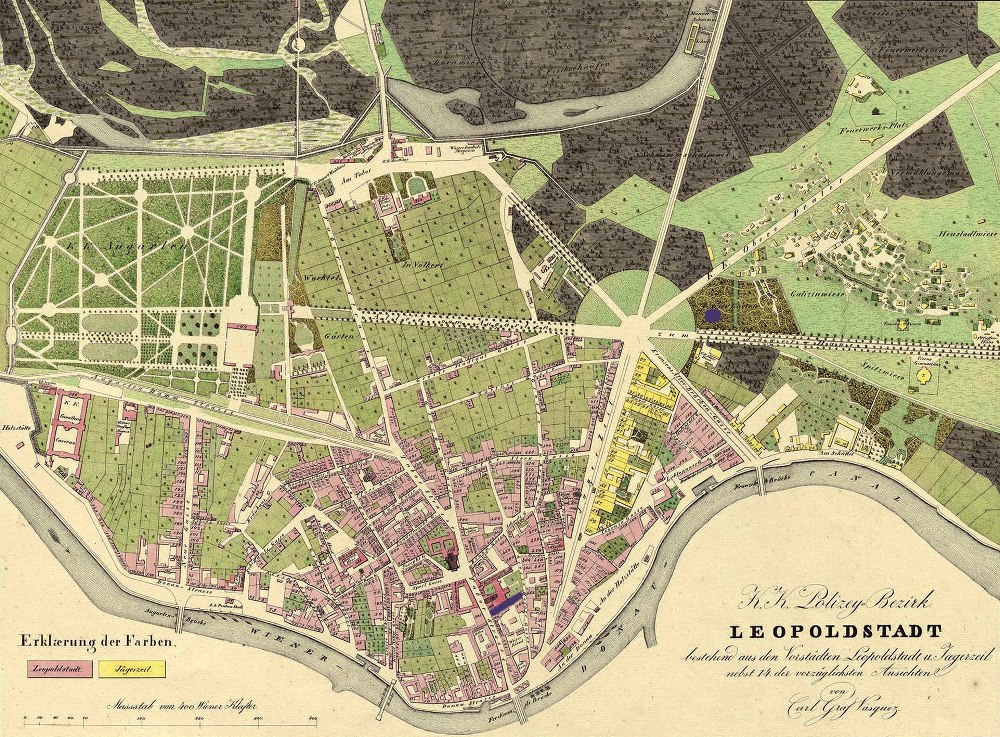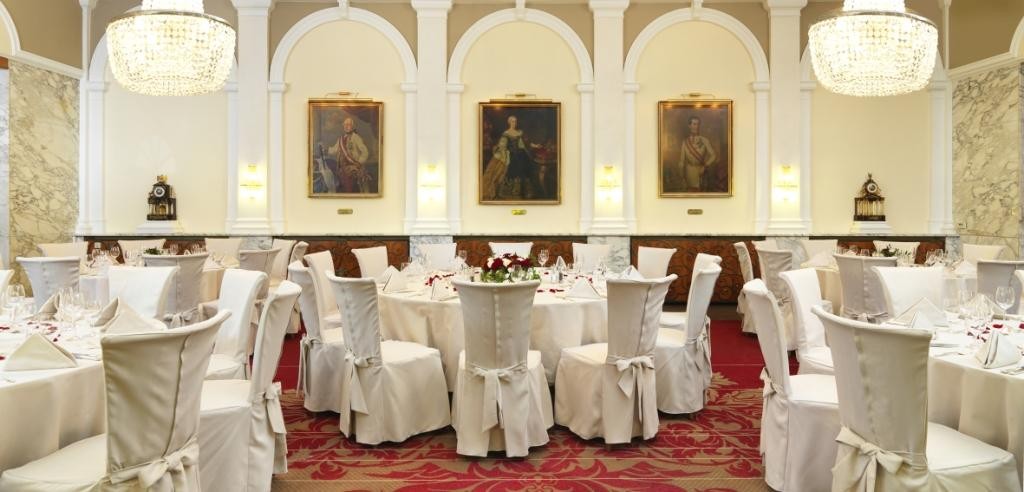The History of Hotel Stefanie – Part 4

Leopoldstadt and the Hotel Stefanie as a place for recreation and celebration
In the blog entries “The History of Hotel Stefanie – Parts 1–3,” I wrote about how many people gradually came to settle in Leopoldstadt, Vienna’s 2nd District. Naturally, they did not simply wish to live and work, they also wanted to celebrate and dance. Why Leopoldstadt became the largest recreational and relaxation area in Vienna has to do with its proximity to the Prater meadows to no small extent.
Emperor Joseph II opened the Prater, the former hunting grounds of the nobility, to the public on April 7, 1766. (Vienna celebrated this event last year with numerous exhibitions for the 250th anniversary.) While residents were initially pleased to have a couple of huts, over the years the “Wurstelprater” became the best-known recreational park in Austria to this very day, with its still more famous “Riesenrad” (giant Ferris wheel), which is just 15 minutes’ walking distance from Hotel Stefanie.
Recreation and relaxation in the 2nd District
In 1812, Alois Groppenberger von Bergenstamm wrote in “The History of the Unterer Werd”: “The recreational areas, the dance halls, the theater, the public baths, among them the most comfortable and cleanest, the Diana-Bad built in 1809 (…); the many wine and beer taverns, the Prater, the Augarten, Brigittenau and 10 coffeehouses keep Leopoldstadt bustling late into the night, even after business hours.”

Map of Vasquez, 1830, the blue mark shows the Hotel Stefanie, WStLA
In the mid-19th century, the “k.k. priv. Karl-Theater,” the “Cirkus Renz” (which went on to become one of the most famous circuses in Europe), as well as the “Affen-Theater von Casanova” (Casanova Monkey Theater) were especially popular in the Prater. People enjoyed entertainment at the “Sperl” dance hall, to which Johann Strauss I dedicated three (!) of his works, or they visited the public baths. Out of a total of five in Vienna, three were in Leopoldstadt. People also strolled in the Augarten – “open daily until 7:00 PM.”
Once the Jewish theaters were forced to close by 1938, Leopoldstadt became a cinema stronghold with a total of 28 cinemas. At the beginning of the Taborstrasse, not far from the Hotel Stefanie, was the “Schweden-Kino” and the UFA cinema (later named the “Taborkino”), which closed only in 1996.

Celebration at Hotel Stefanie
A tradition of celebration
You can continue to celebrate today – especially here at the Hotel Stefanie – Vienna’s oldest hotel. The large, elegant ballroom offers a stylish setting for your celebration in genuinely historical surroundings.
If you wish to learn more about the history of the Hotel Stefanie, a book with many illustrations is available for purchase at the reception. You can read more here in our blog soon.










